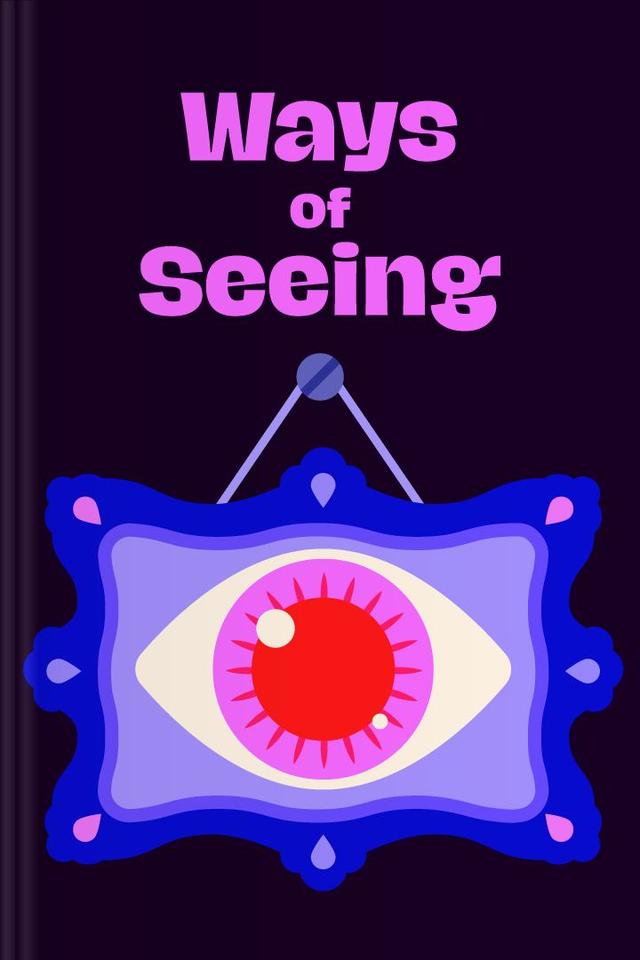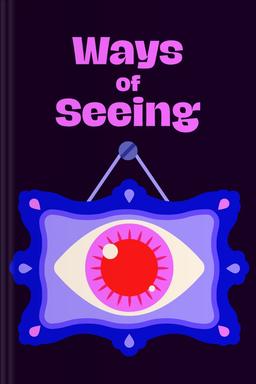You’ll learn
- Why art mirrors more than beauty
- How tech reshapes our cultural view
- About the role of context in art interpretation
- Why ads mimic classical paintings
russia has launched a full-scale war in Ukraine. Donate to support Ukraine and protect the world’s peace.

first KEY POINT
Art history is a history of the visible. Early paintings were made to conserve time and conjure up the appearance of something absent. But the greatest works of art took a prominent place in cultural heritage because the creators have a unique way of seeing things.
The artistic way of seeing is not just a personal skill. It is influenced by time and culture, religion, the aim of the painting, and the technologies used. Classical Renaissance art had a strict convention of perspective — everything was concentrated in the eye of the beholder. This idea was closely connected to Christianity because this particular eye was the eye of God, who created the surrounding world and imposed order upon it. After the world became less controlled by religion, it was no longer possible to see it this way. The invention of the camera showed that there is no center. Art had immediately reflected it in the avant-garde movements like impressionism, cubism, and expressionism.
The focus of this summary is on four main ideas of the book:• The reproductions of paintings have destroyed the uniqueness of their image.
• The European oil painting tradition shows two different types of presenting female characters wearing no clothes: nude and naked. Linguistically, these two mean the same thing, but there is a huge conceptual difference between those words, according to the author.
• Oil painting as a category of art is highly dependent on its owner’s interests: it should demonstrate the power of money.
• Nowadays, the role of oil paintings has passed to images, which we can see in public spaces. So-called “public images” are proposing to viewers a new way of seeing themselves after purchasing the advertised product.
second KEY POINT
Before the 19 century, a work of art was always connected to the place where it resided. For example, the Dutch stills of the 1600s were usually hanging on the wall in rooms meant for meetings. These paintings performed the social function of conversation starters. However, if we see them now in a museum or online, we will perceive them in an entirely different way.

Continue reading with Headway app
Continue readingfirst KEY POINT
second KEY POINT
third KEY POINT
fourth KEY POINT
fifth KEY POINT